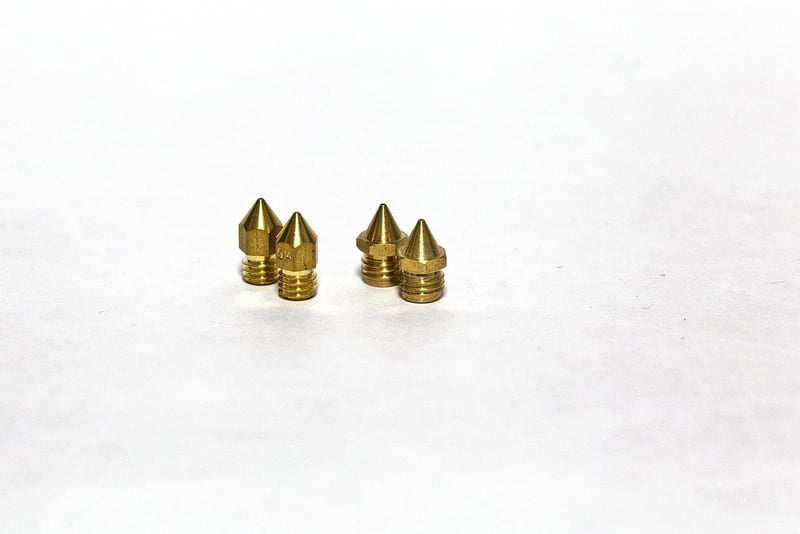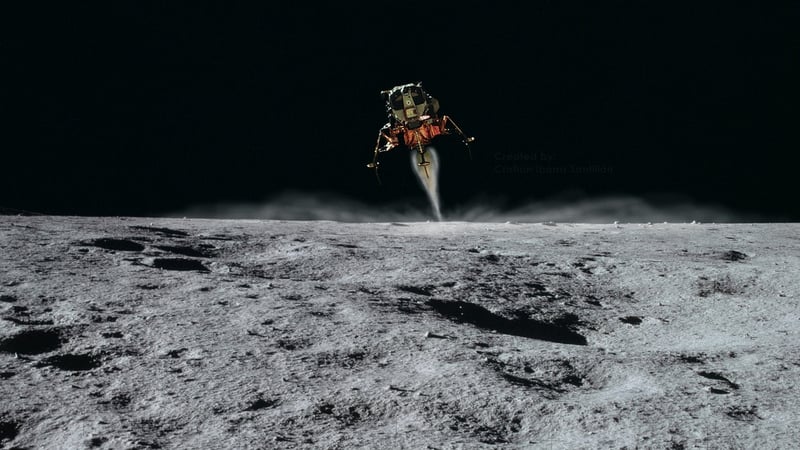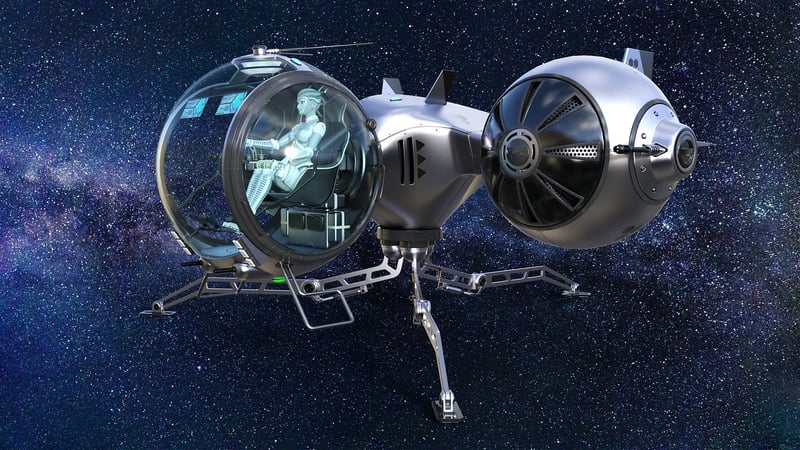Spacecraft Design
The Future of Space Exploration: Advancements in Space Technology and Spacecraft Design
Space exploration has always captured the imagination of humanity, and with new advancements in space technology and spacecraft design, we are entering an exciting era of exploration beyond our planet. From innovative propulsion systems to cutting-edge materials, here are some of the key developments shaping the future of space exploration:
1. Electric Propulsion Systems
One of the most significant advancements in space technology is the development of electric propulsion systems. These systems use electric power to accelerate propellant, providing higher efficiency and longer operational lifetimes compared to traditional chemical propulsion. Electric propulsion is revolutionizing long-duration missions, enabling spacecraft to travel farther into the solar system than ever before.

2. Additive Manufacturing
Additive manufacturing, also known as 3D printing, has transformed spacecraft design by allowing engineers to create complex components that were previously impossible to manufacture. This technology enables faster production, lighter structures, and increased customization, leading to more efficient and cost-effective spacecraft.

3. Advanced Materials
The development of advanced materials, such as carbon nanotubes and graphene, has significantly enhanced the strength-to-weight ratio of spacecraft components. These materials are being used to build lighter and stronger structures, reducing launch costs and enabling the construction of larger spacecraft for ambitious missions.

4. Autonomous Systems
Autonomous systems are playing a crucial role in the future of space exploration by enabling spacecraft to operate independently for extended periods. These systems utilize artificial intelligence and machine learning to make real-time decisions, navigate complex environments, and conduct scientific research without direct human intervention.

5. In-Situ Resource Utilization
In-situ resource utilization involves using local resources, such as water ice on the Moon or Mars, to sustain human missions and produce fuel for spacecraft. This approach reduces the need to transport resources from Earth, making long-term space exploration more sustainable and cost-effective.

With these advancements in space technology and spacecraft design, we are poised to expand our presence in the cosmos, unlock new scientific discoveries, and pave the way for future human missions to Mars and beyond. The future of space exploration is bright, fueled by innovation and the relentless spirit of exploration.
References:
NASA - National Aeronautics and Space Administration
SpaceX
ESA - European Space Agency
